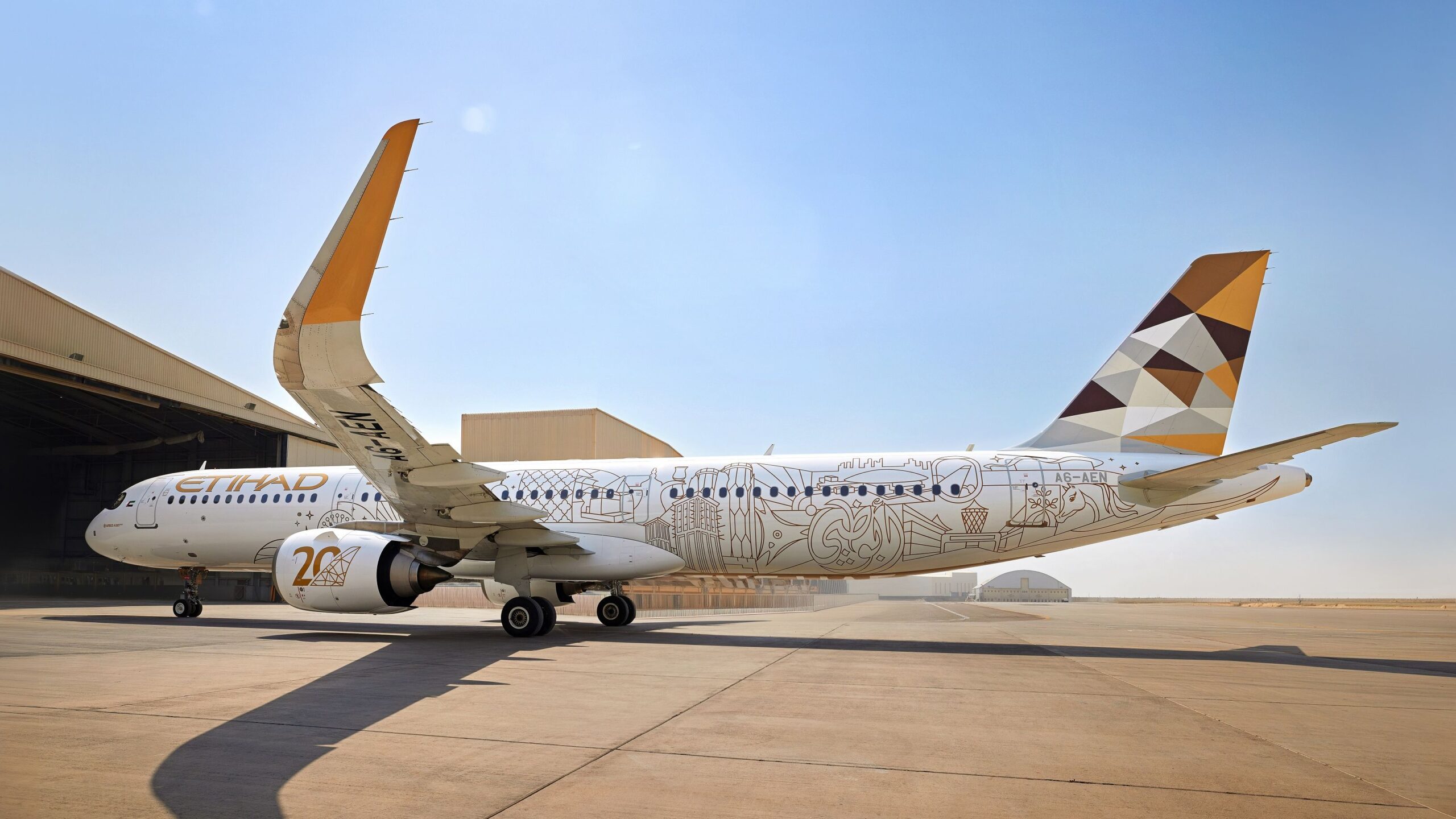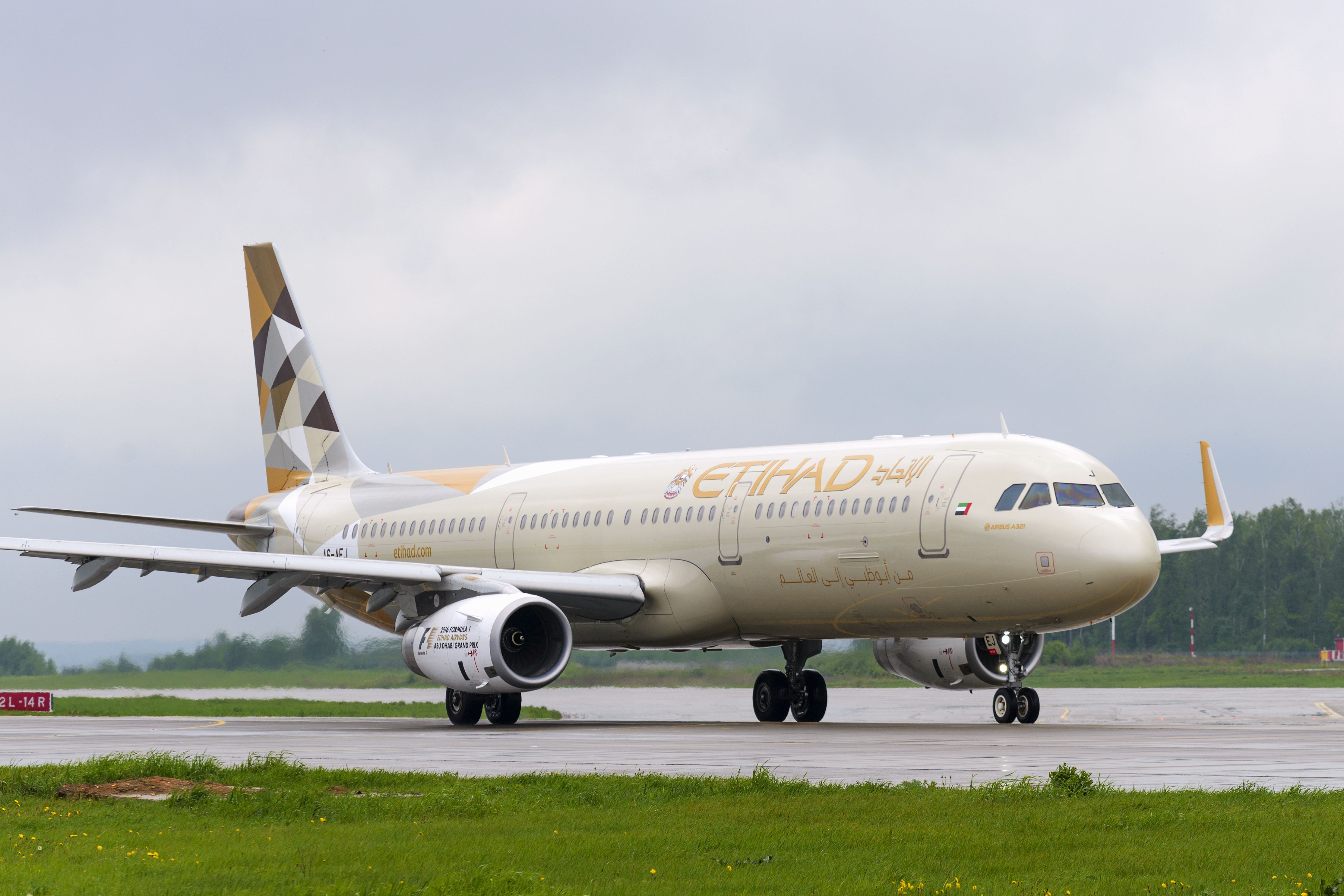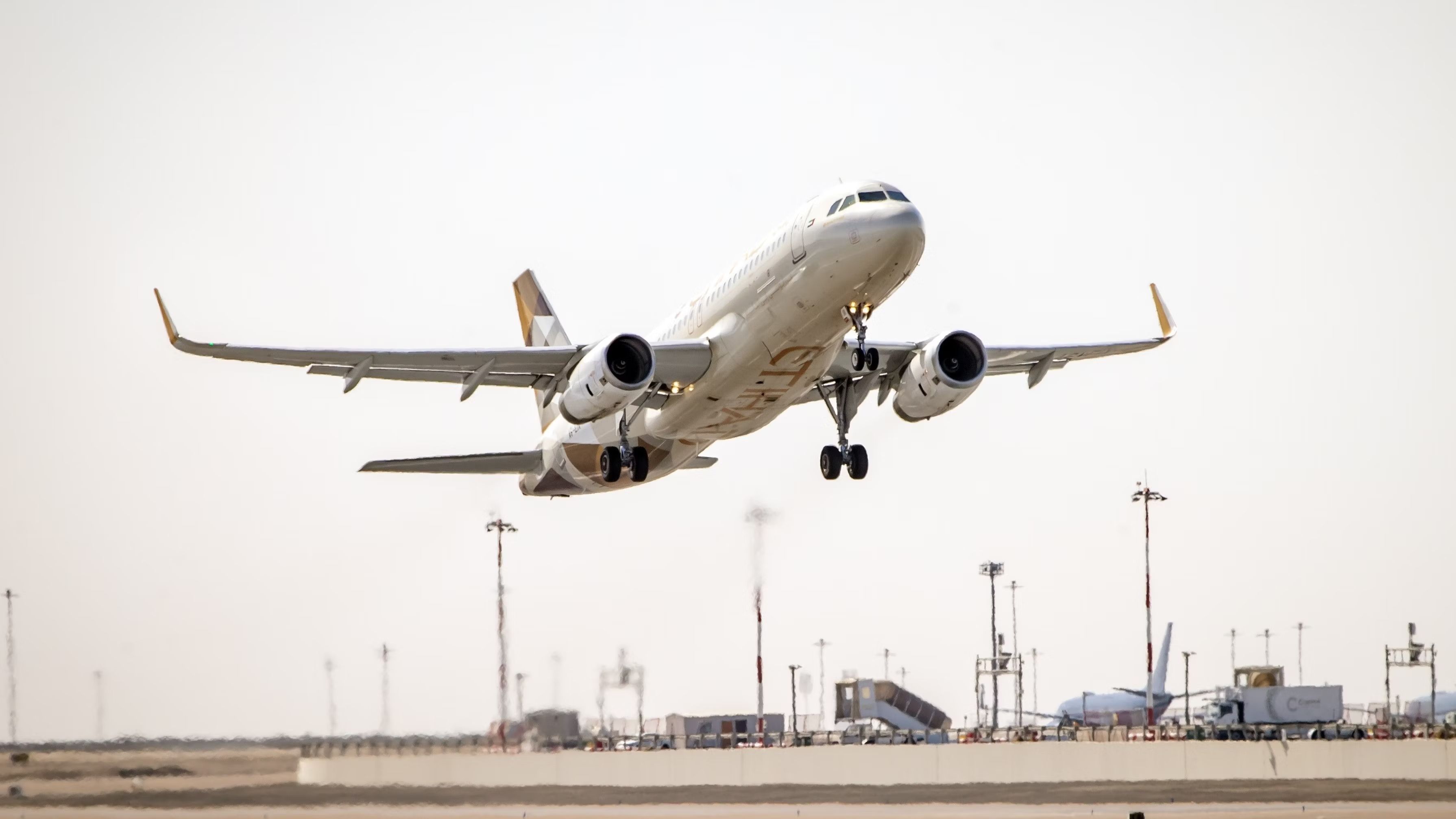Summary
- Etihad Airways saw a 48% profit increase due to strategic network expansion and the arrival of Airbus A321neos.
- The CEO anticipates adding over 20 new-generation aircraft to the fleet in the next 18 months for increased efficiency.
- In the first half of 2024, Etihad carried 8.7 million passengers, added new routes and signed a game-changing joint venture.
Living in Australia means most people immediately link Middle Eastern carrier Etihad Airways with a luxurious widebody aircraft containing a sumptuous apartment up the front for Nicole Kidman. However, yesterday, the airline’s CEO specifically mentioned the performance of the Airbus A321neo when announcing that profits had jumped by 48% in the first half of this year.
Today’s magic carpet for airlines
Gamechanger is a word used far too often in aviation, but most would probably agree the Boeing 747 Jumbo Jet deserves that moniker, but how many others have actually changed the way we travel? Given time, the Airbus A321neo may squeeze into that category, particularly when the A321XLR starts operating long-haul routes that were previously the domain of gas-guzzling widebody jets.
Photo: Nordroden/Shutterstock
Back to today, Etihad Airways has announced an excellent start to 2024, posting significant gains in passengers and cargo carried, revenue generated and profits earned compared to the first half of 2023. In the first six months of 2024 (1H24), Etihad carried 8.7 million passengers, generated total revenues of AED 11.7 billion ($3.2b) and earned profits of AED 851 million ($230m), achieving year-on-year (YoY) gains of 38%, 21% and 48%, respectively.
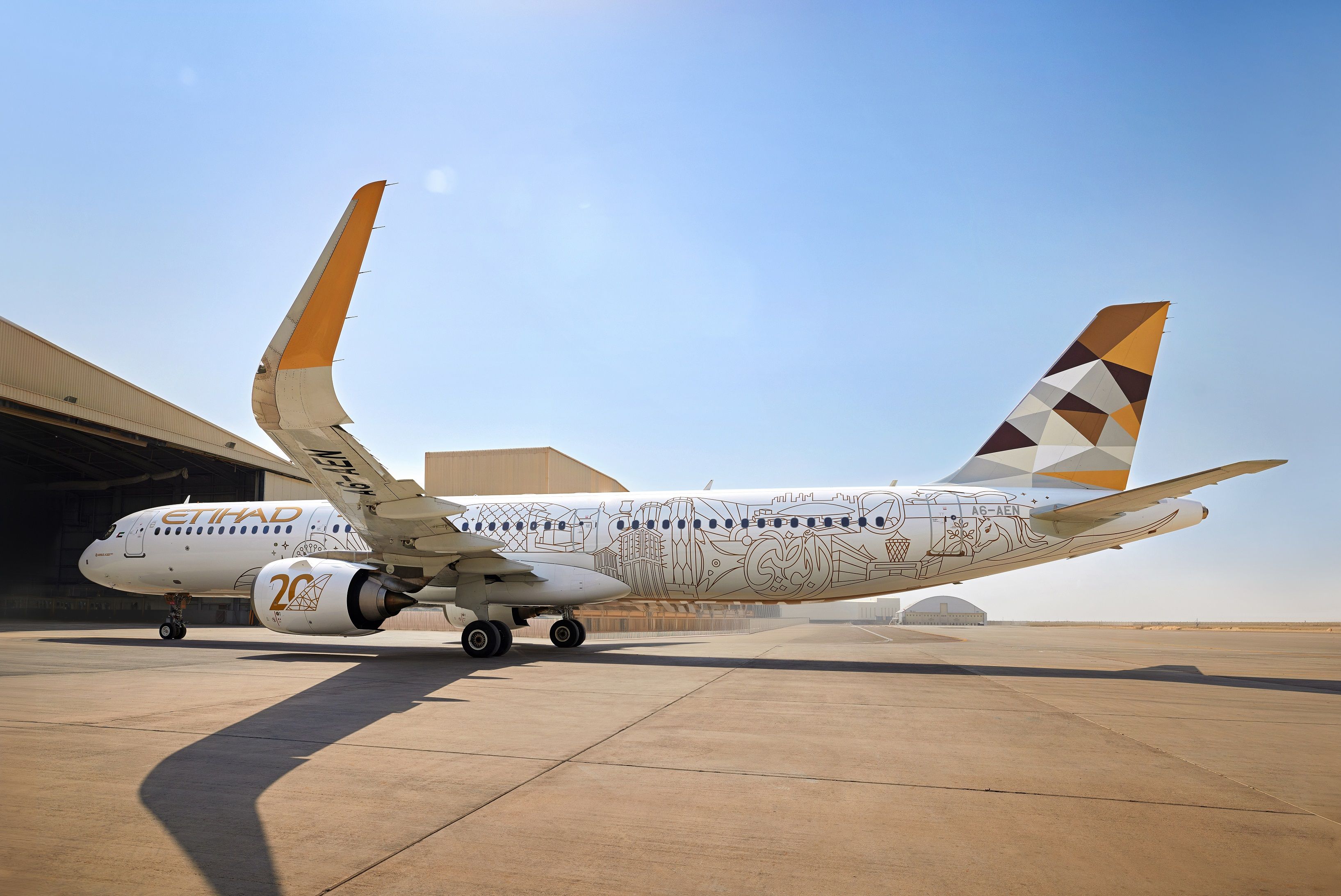
Related
Etihad Airways Reveals 20th Anniversary Livery On Airbus A321neo
A striking new design to usher in 20 years of flying.
Figures from the International Air Transport Association (IATA) reported an average passenger growth rate of 13% for Middle Eastern carriers in the first half, a gain dwarfed by Etihad’s 38% increase in 1H24. The gain came from meeting strong demand fuelled by strategic network expansion, increased frequencies and the arrival of Airbus A321neos.
An expanding network
Etihad Aviation Group CEO Antonoaldo Neves said the 48% profit increase reflected a robust performance in both passenger and cargo revenues, demonstrating the soundness of the Group’s strategy and growth path. He noted that notwithstanding global aircraft shortages, Etihad had 16 more aircraft in its fleet of 92 than at the same time last year, including three Airbus A321neos, adding:
“We are bringing six A321neos into operation this year, equipped with advanced CFM LEAP 1A engines. In the next 18 months we expect to add more than 20 new generation aircraft to our fleet, which offer reduced emissions and up to 20% more efficiency compared to previous models.”
Photo: Etihad Airways
Having more aircraft is one thing, but finding profitable routes for them to fly on is often tricky. Etihad optimized its network in the first half by increasing frequencies on existing, successful routes and adding eleven new destinations. The new routes from Abu Dhabi’s Zayed International Airport (AUH) include Thiruvananthapuram, Kozhikode and Jaipur in India, Al Qassim in Saudi Arabia, Boston in the US and Bali in Indonesia.
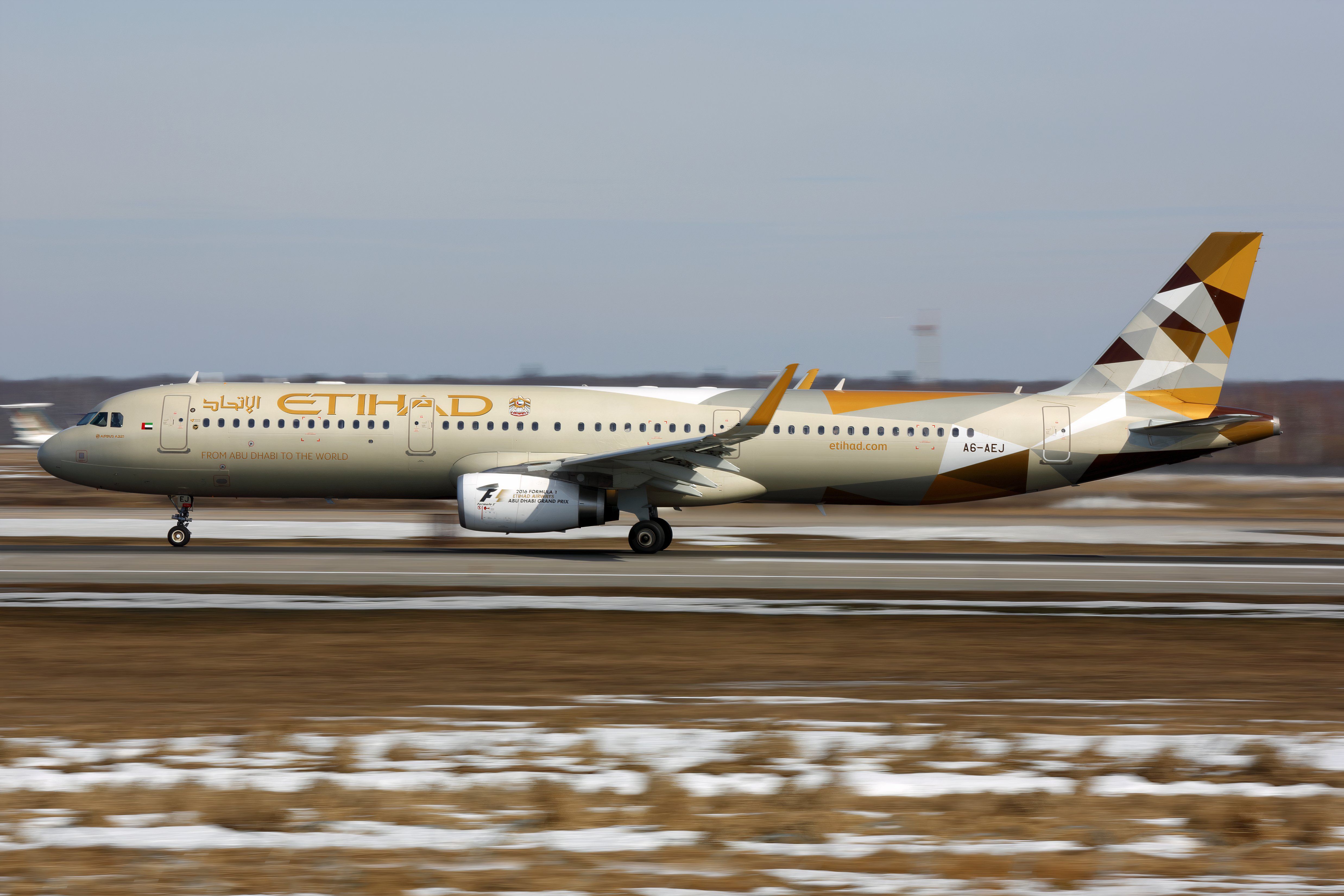
Related
Etihad Airways Equips 10 New Airbus A320 With AirFi Wireless In-Flight Entertainment
The new system has been activated on 10 of the airline’s 28 Airbus A320 family aircraft.
Etihad also resumed seasonal routes to Nice (France), Antalya (Turkey), Malaga (Spain), Mykonos and Santorini in Greece. The airline also signed a landmark joint venture with China Eastern Airlines, marking the first commercial agreement of its kind between a Middle Eastern and a Chinese airline.
In 1H24, Etihad generated revenue of AED 11.7 billion ($3.2b), comprising AED 9.8 billion ($2.7b) from passenger and AED 1.9 billion ($0.5b) from cargo operations. It made an operating profit of AED 1.0 billion ($270m) and a profit after tax of AED 851 million ($230m). It had an operating fleet of 92 aircraft, including five freighters, compared to 76 in 1H23 and operated 42,000 landings, 31% more than in the first half of last year.
